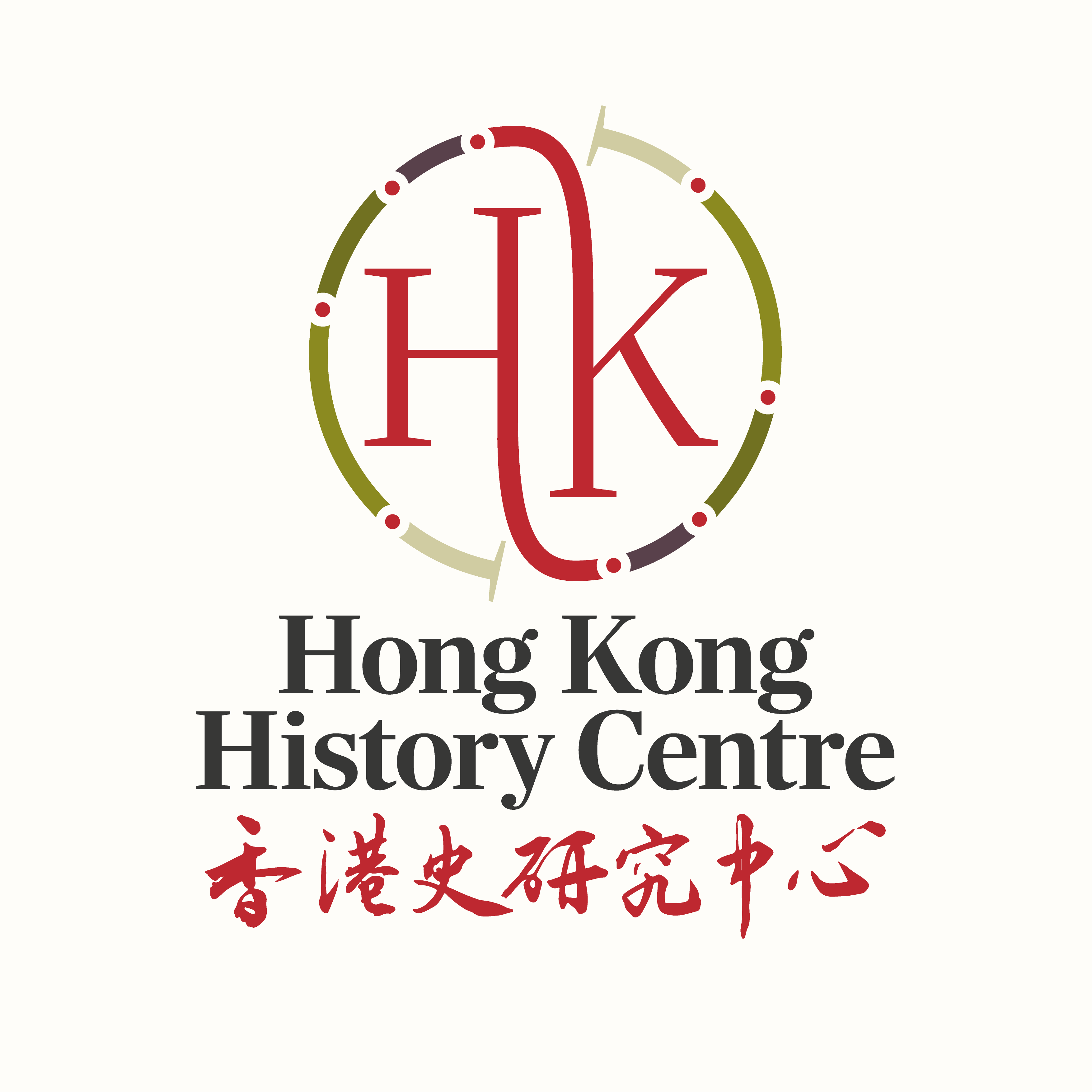Publishing about Eurasians has picked up in the twenty-first century after the dismal twentieth. Aside from books such as Eurasian by Emma Teng, which includes some aspects on Hong Kong, David Pomfret of Hong Kong University published his research comparing creations of race and class in French and British colonies in 2009.
Most recently, there has been the Journal of the Royal Asiatic Society Hong Kong Branch which published the results of the late Anthony Sweeting’s research, unfinished though that was. Edited neatly by the Hong Kong University’s Peter Cunich, this is a useful summation of the subject to date, and a major prod to further work.
Tony Sweeting had taught the history of education at HKU for many years before his death in 2008. With his wife Samsan, he had also helped add two more Eurasian children to the Hong Kong population. He had hoped to publish a full characterisation of Hong Kong’s Eurasians, past, present and future, but only got to chapter three which is this historical overview compressed for the Journal.
He introduces the familiar root of the word ‘Eurasian’ in Anglo-India, and considers the variations covered now by such a loose term (including mixes such as the Parsee-Chinese Kotewalls). He concludes that a Eurasian is someone ‘prepared to accept a Eurasian designation’, or ‘who identified themselves, at least to some extent, with Eurasians’. This is a far larger basket of people than one defined purely by genealogy. Yet surely it excludes those who, by mixed origin, blood and culture are Eurasian but who, for whatever reason, refuse to accept the term?
It is by now a truism that Eurasians are the in-between, the target of both the prejudice associated with a lack of racial purity, and the envy of those unable to straddle the cultural and linguistic divide so well. It is perhaps the Hong Kong Eurasian’s misfortune that the first products of that liaison between European colonialist and local woman occurred in the early 19th century instead of a century earlier.
Sweeting does not tackle this, but the timing of Hong Kong’s emergence as a colony directly shaped the kind of colony it would be. Older colonial excursions, by the Portuguese, Dutch, French and British, in an earlier, more swashbuckling age, were pursued more by adventurers than government bureaucrats; local liaison including marriage and the production of large healthy mixed-race children, was long considered the best way for a newly arrived colonialist to nestle in, learn local languages and customs, and gain power and influence in the particular locale.
Perhaps a thorough history of Hong Kong’s Eurasians would need to consider the later, nineteenth century reality of greater government involvement in empire, the oft-misunderstood idea of Victorian prudishness and, more importantly, the development of ideas about race in the era of the rising nation-state.
Instead, as Sweeting notes, first liaisons were most likely among the lower class levels of sailors, soldiers and merchants, with local women; liaisons almost invariably not sanctified by marriage. Sweeting rightly points to Daniel Caldwell as one of the first to break that mould by going so far as to marry his love, in the Cathedral, and thus render his mixed-race offspring respectable in law, at least. (Professor Bickers points out that the idea that no Eurasians involving British people existed before 1942, as asserted by Stephen Fisher’s thesis, is wrong if the existence of Britons elsewhere on the Coast, particularly in Macao, is taken into account. Probably several half-British families were among Hong Kong’s earlier settlers.)
As with the definition of the word ‘Eurasian’, race is not enough in determining the status or fate of Eurasian offspring. As the Caldwell children grew up loved and educated, others fell by the wayside, neglected products of prostitution. By the mid-nineteenth century however, Hong Kong was building the institutions needed to support the tangible product of Hong Kong’s mixing. The Diocesan schools, and the government’s Central School, would produce a new elite of men (and only men) able to translate between West and East in the broadest sense of that word. The names are now familiar: Robert Hotung and his relatives, Sin Tak Fan, Chan Kai Ming and others.
More evidence that not all Eurasians, or their Chinese mothers (be they sex workers, ‘protected women’ or other dependents), were neglected can be found in the wills made by departing merchants. Some of the biggest names of Hong Kong, from Dent’s, Jardines, Lindsay & Co and more, made specific provision for the women they left behind. These men were not prepared to grant British law to these unions during their life but would often give substantial chunks of their wealth to the products of those unions in their death.
As Sweeting’s work took him into the early twentieth century he noted an increase in status of Eurasians at the same time as there seemed to be an increase in discrimination too. He worked through the creation of the Welfare League to defend Eurasian rights and dignity; credit is given to names such as Kotewall, Ho and Lo as men who entered the very highest levels of Hong Kong political life. He revisited the controversy created by accusations against Sir Robert Kotewall of collaboration during World War Two, noting that it was easier to forgive Lo Man-kam who had escaped Hong Kong than to accept the ‘extreme toadying’ of Kotewall who stayed in Hong Kong under Japanese rule throughout the war. Yet of course Kotewall had been asked by the British to stay and do what he could to keep food shipments coming in. Perhaps such accusations and the resultant bitterness reflect as much on feuds within the Eurasian community as they do on their wider status in Hong Kong life.
Through many more pages of fascinating detail, Sweeting, via Cunich, concluded that while the blatant prejudice and discrimination of decades long past has since dissipated, Eurasians remain a transitional group, subject to misunderstanding and certainly worthy of greater study.
SOURCES:


